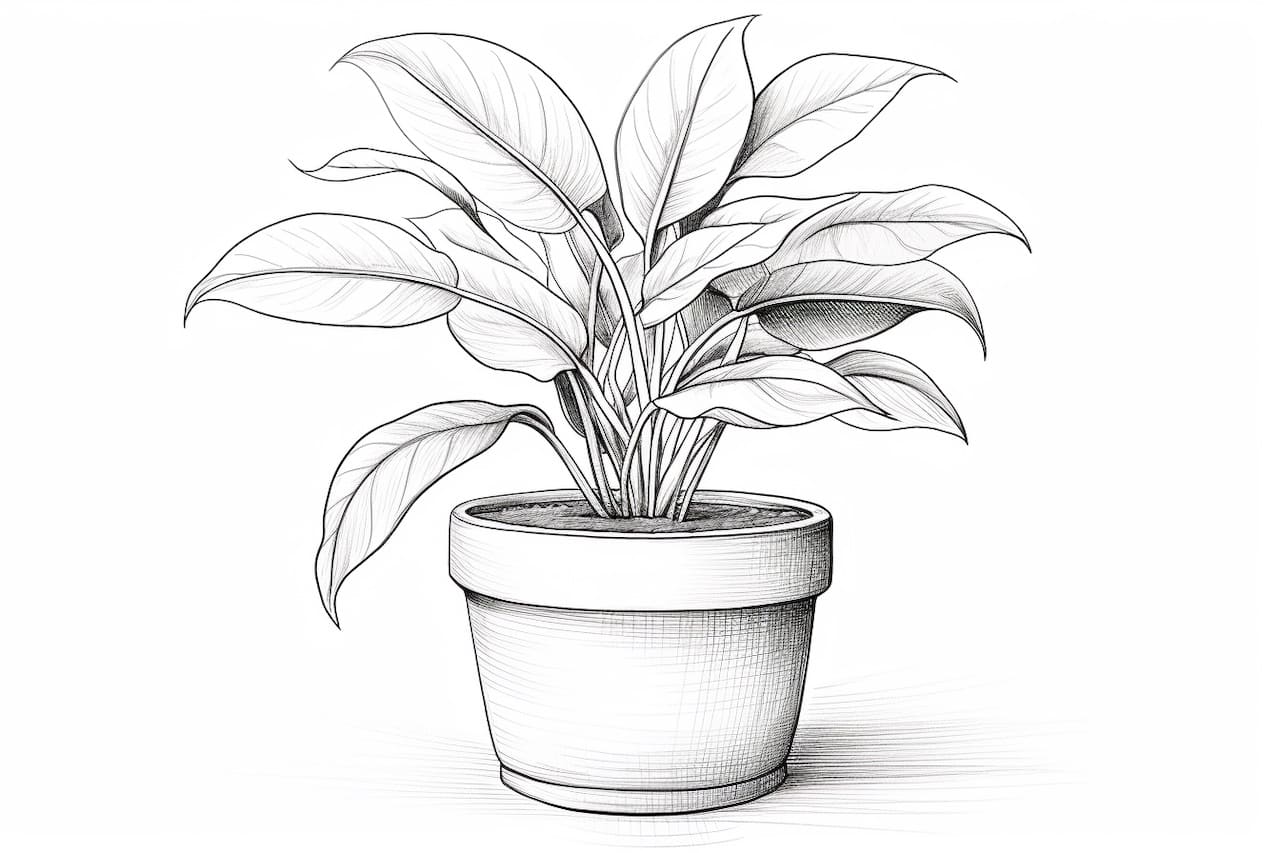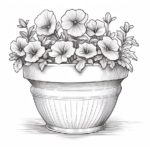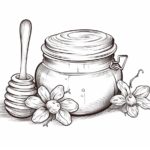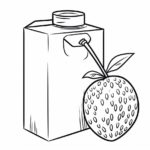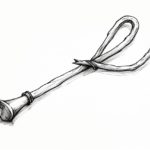Welcome to this step-by-step tutorial where you will learn how to draw a plant pot. Whether you are a beginner or an experienced artist, I will guide you through the process of creating a detailed and realistic drawing of a plant pot. By following these simple instructions and utilizing basic drawing techniques, you will be able to create a beautiful artwork that showcases your artistic skills. So, let’s get started!
Materials Required
Before we begin, make sure you have the following materials:
- Pencil
- Eraser
- Paper
- Ruler
- Compass (optional)
Now that you have all the necessary materials, let’s dive into the step-by-step process of drawing a plant pot.
Step 1: Draw the Base
Start by drawing a horizontal line near the bottom of your paper. This line will serve as the base of your plant pot. Use a ruler to keep the line straight and precise. The length of the line depends on how big you want your plant pot to be.
Step 2: Add Depth to the Base
Next, we will give the base of the pot some depth. To do this, draw two diagonal lines that extend from each end of the horizontal line you drew in the previous step. These diagonal lines should meet at a point slightly above the base line. This will create the illusion of a three-dimensional shape.
Step 3: Draw the Sides
Now, let’s move on to drawing the sides of the pot. Start from the endpoints of the diagonal lines and draw two vertical lines that meet at a point above the base line. These lines will represent the height of the pot. Make sure the lines are parallel to create a symmetrical look.
Step 4: Add Curves
To give the pot a more organic and realistic look, we will add some curves. Start by drawing a slightly curved line that connects the top endpoints of the vertical lines. This line represents the rim of the pot. Then, draw a curved line below the rim, following the contour of the pot. This will create a rounded appearance.
Step 5: Create the Opening
Now, let’s create the opening of the pot. Draw an oval shape near the top of the pot, connecting the two sides. This oval shape will serve as the opening through which the plant will be placed. Make sure the shape is symmetrical and proportional to the size of the pot.
Step 6: Add Texture and Details
To make the pot look more realistic, we need to add some texture and details. Start by drawing horizontal lines across the pot, slightly angled. These lines will represent the texture of the pot’s surface. Be light-handed and use short strokes to achieve a more natural look.
Next, add a few vertical lines on the sides of the pot to create the illusion of thickness. These lines should curve slightly to follow the shape of the pot. This will give the pot a more three-dimensional appearance.
Step 7: Shade and Shadow
To add depth and dimension to your drawing, we will now work on shading and shadow. Start by identifying the direction of the light source. Imagine the light hitting the pot from a particular angle. Based on this, shade one side of the pot to create a shadow. Use a softer and darker pencil or shade more heavily to indicate the shadowed areas. Gradually blend the shading with the rest of the pot to create a smooth transition.
Step 8: Final Touches
To complete your drawing, add some final touches. You can darken the shading to enhance the contrast and make the pot look more realistic. Take a step back and evaluate your drawing. If there are any areas that need adjusting or refining, use your eraser to make corrections.
Congratulations! You have successfully drawn a plant pot. With practice, you will be able to create more intricate and detailed drawings of plant pots. Don’t be afraid to experiment with different shapes and sizes to unleash your creativity.
Conclusion
In this tutorial, we have explored the step-by-step process of drawing a plant pot. By following these instructions and utilizing basic drawing techniques, you have learned how to create a realistic and detailed representation of a plant pot. Remember to practice regularly and experiment with different styles to refine your skills. Keep pushing your boundaries, and soon you’ll be able to create breathtaking artworks of various subjects. Happy drawing!

